Explore the Timeless Beauty of Samothrace Island
In a country like Greece, overflowing with islands, whitewashed towns, and historic landmarks, it takes something truly special for a destination to stand out. Samothrace, or Samothraki as the locals call it, is one of those rare gems. Tucked away in the northern Aegean Sea near the Turkish border, this mountainous island is unlike any other in Greece. No cruise ships stop here. No international airport brings in crowds. And that’s precisely what makes it magical. Samothrace is where untamed nature, ancient spirituality, and rugged authenticity collide to create an unforgettable experience. This is not your typical Greek island with glossy beach resorts and umbrella cocktails. Samothrace is raw, wild, and soul-stirring. From cascading waterfalls and cold-water pools in the forest to mysterious ruins and mountaintop views, the island pulls you in with its raw charm and refuses to let go.
A Land of Waterfalls and Wild Beauty
What immediately sets Samothrace apart from its better-known neighbors is its lush, mountainous landscape. At the heart of the island stands Mount Saos, the highest peak in the Aegean, known locally as Fengari, or “Moon Mountain.” It rises dramatically from the sea to an elevation of 1,611 meters, its slopes covered in chestnut, oak, and plane trees. According to Homer, even Poseidon once sat atop this peak to watch the Trojan War unfold across the sea. But perhaps the most captivating feature of Samothrace is its abundance of waterfalls and crystal-clear pools, known as “vathres.” These natural basins, carved over millennia by streams running down from the mountain, are a dream for hikers and swimmers alike. The most famous of these are the Fonias waterfalls. A moderate hike through shaded forest brings you to a series of cascades where the water tumbles down into emerald pools perfect for a dip. Climb higher and you’ll discover more secluded vathres, each more pristine than the last. The sound of rushing water, birdsong, and the occasional goat bell fills the air—it’s easy to forget the outside world even exists.
A Sanctuary of Ancient Mysticism
Long before it became a destination for nature lovers, Samothrace was revered as one of the most important spiritual centers in the ancient world. The island was home to the Sanctuary of the Great Gods, a mysterious cult site shrouded in secrecy. Unlike Olympus or Delphi, this sanctuary wasn’t dedicated to the well-known gods of the Greek pantheon. The Kabiri, as the deities were known here, were chthonic (underworld) figures whose rituals involved initiation ceremonies and secret rites. It was here that some of the most powerful figures of the ancient world—including Philip II of Macedon and possibly even Alexander the Great—came to be initiated into the mysteries. Today, the ruins of the sanctuary lie just inland from the port of Kamariotissa. Walking among the fallen columns, mosaic fragments, and restored buildings gives you a sense of the sacred atmosphere that once drew pilgrims from across the Mediterranean. The nearby archaeological museum offers insights into the history of the site and displays copies of the famous Winged Victory of Samothrace—the original, now housed in the Louvre, was discovered here in the 19th century.
Unspoiled Beaches and Turquoise Coves
Though it’s not a beach destination in the traditional sense, Samothrace has no shortage of beautiful coastal spots—just don’t expect sun loungers or beach bars. The island’s shoreline is rugged and dramatic, with pebbled bays and steep cliffs that descend into translucent blue water. The most easily accessible beach is Pachia Ammos, located on the southern coast. It’s one of the few sandy beaches on the island and is surrounded by imposing rock formations that look as though they were sculpted by the gods themselves. During the summer, a small beach bar operates here, but the vibe is still very low-key. For those willing to venture further, the beaches of Kipos and Vatos offer true seclusion. Vatos in particular can only be reached by boat or by a strenuous hike, rewarding intrepid travelers with a pristine stretch of coastline often shared only with goats and sea birds. Snorkeling is rewarding here due to the clear water and rocky seabed. And because Samothrace’s waters are generally cooler than in other parts of Greece—thanks to the many mountain streams feeding into the sea—you’ll always find it refreshing.
Hiking, Climbing, and Thermal Baths
If you’re the kind of traveler who likes to move, Samothrace will feel like paradise. The island is a hiker’s haven. Trails wind through gorges, forests, and meadows, often passing ancient ruins or hidden chapels along the way. The trek to the summit of Mount Saos is a challenge, but those who make it are rewarded with panoramic views stretching to the Thracian coast and beyond. The trail starts from the village of Therma, aptly named for its natural hot springs. After a long day of hiking or exploring waterfalls, there’s nothing better than sinking into the steamy waters of the public thermal baths. Therma also serves as a small hub for visitors, with traditional tavernas, guesthouses, and access to several trails and vathres. For rock climbing enthusiasts, the granite cliffs around Fonias and Karia provide excellent routes with dramatic backdrops. The island has begun to attract a quiet but growing climbing community, who come not only for the vertical challenges but also for the tranquility of a truly uncommercialized environment.
Villages Frozen in Time
Unlike the Cycladic islands with their postcard-perfect white villages, Samothrace’s settlements are humble and steeped in tradition. The island’s main port is Kamariotissa, where ferries arrive from Alexandroupoli. It’s the most developed spot on the island but still retains a simple charm. A few restaurants, shops, and scooter rentals cater to the limited number of tourists. Chora, the island’s capital, is where the magic happens. Perched on the slopes below Mount Saos, this stone-built village seems to have stepped out of another era. Narrow cobbled streets wind past slate-roofed houses and hidden courtyards filled with flowers. The views from Chora are stunning, especially at sunset, when the red-tiled rooftops catch the golden light and the sky blushes over the sea. Small kafeneia (coffee houses) and traditional tavernas serve up local specialties like goat stew, wild greens, and fresh fish, often accompanied by fiery tsipouro or local wine. Don’t miss the tiny folklore museum, tucked into an old house, which offers a glimpse into Samothrace’s rural traditions.
Authentic Flavors and Slow Food
Samothrace may be wild and rugged, but it knows how to eat. The island is especially known for its goat meat, which is said to be among the best in Greece. Free-range goats roam the hills and feed on wild herbs, giving the meat a rich flavor. Whether it’s grilled, roasted, or stewed with tomatoes and onions, it’s a must-try dish. Also worth tasting are the local cheeses, homemade pies, and traditional sweets like “karydopita” (walnut cake soaked in syrup). Seafood is plentiful too—octopus, sardines, and squid caught fresh from the surrounding waters. You won’t find international cuisine here, but what you will find is genuine, slow-cooked food made from fresh ingredients and served with pride. Meals are long, relaxed affairs—often shared with locals who might invite you in for a raki if you’re friendly and curious enough.
Getting There and Practical Tips
Samothrace is not the easiest island to reach, but that’s part of the allure. There’s no airport, so you’ll need to take a ferry from Alexandroupoli on the mainland. The crossing takes about 2 hours and runs more frequently in the summer. Once on the island, the best way to explore is by rental car or scooter. Public transport is limited, and many of the best spots are off the beaten path. Accommodation ranges from simple guesthouses and rooms for rent to a few boutique hotels, mostly concentrated in Chora, Kamariotissa, and Therma. Wild camping used to be common, especially near waterfalls, but it’s now officially prohibited in many areas due to environmental concerns—so check local guidelines before pitching a tent. The best time to visit is between May and September. July and August are warmest and most popular, though still far from crowded. May and early June offer lush greenery and active waterfalls, while September brings fewer people and warm sea temperatures.
Why Samothrace Should Be Your Next Adventure
Samothrace is not a place you stumble upon—it’s a destination you choose. And for those who make the journey, the rewards are immense. This is a place that redefines what a Greek island holiday can be. No polished resorts or tourist traps—just nature in its purest form, ancient mystery in the air, and a way of life that invites you to slow down, breathe deeply, and reconnect with something deeper. Whether you come for the hikes, the mythology, the food, or the sheer serenity, Samothrace has a way of staying with you long after you’ve left. It’s the kind of place that doesn’t just live in your travel memories—it becomes a part of your story.
Images via: Pinterest



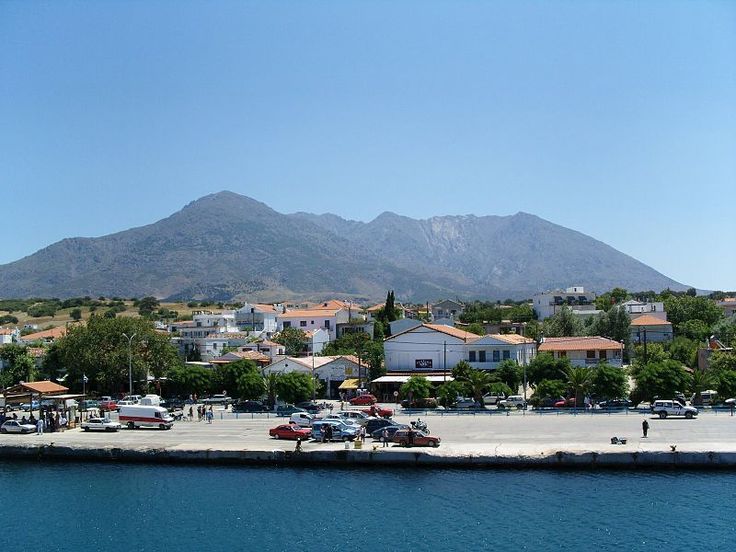
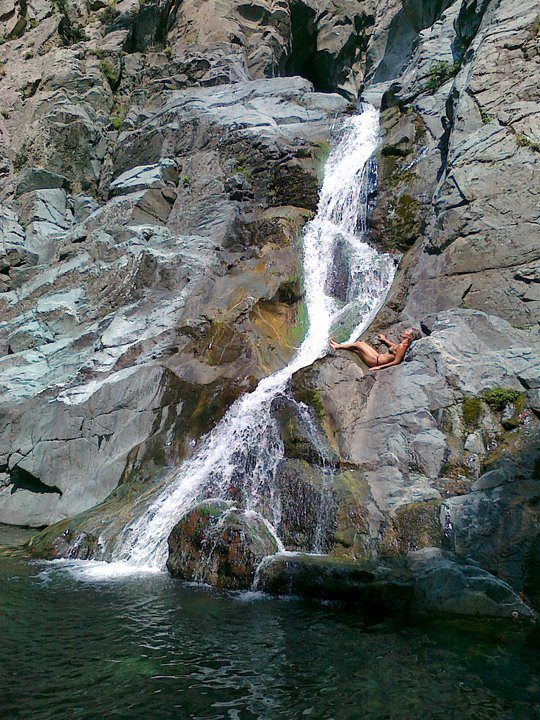
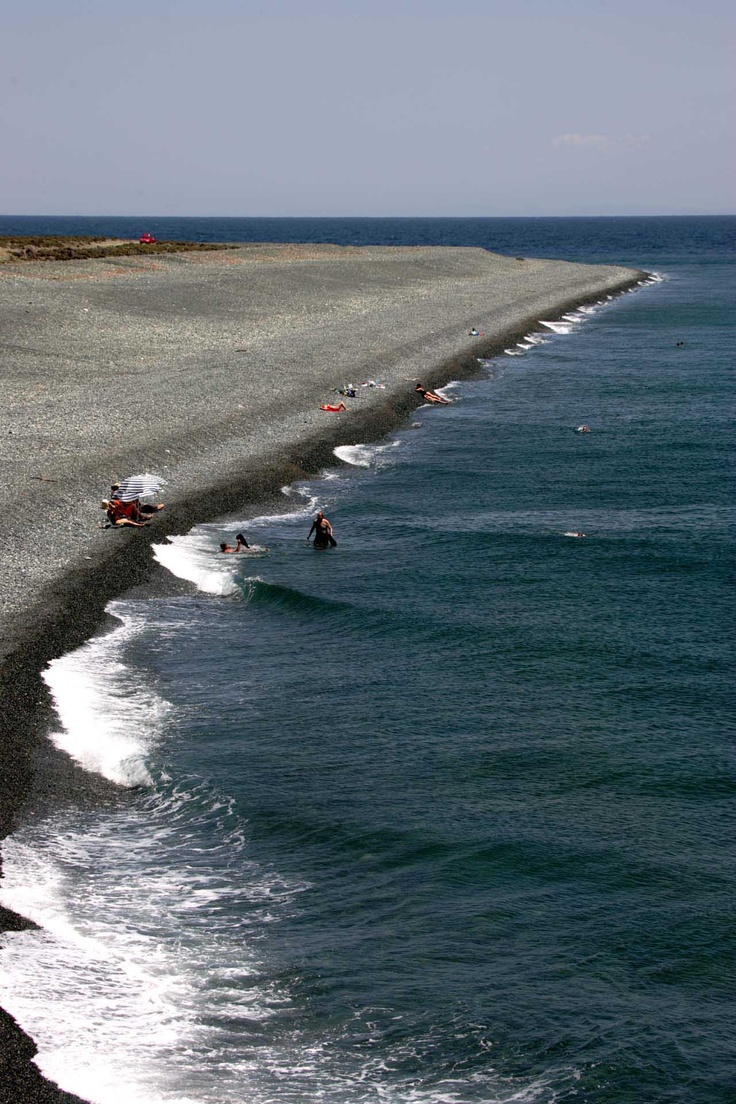

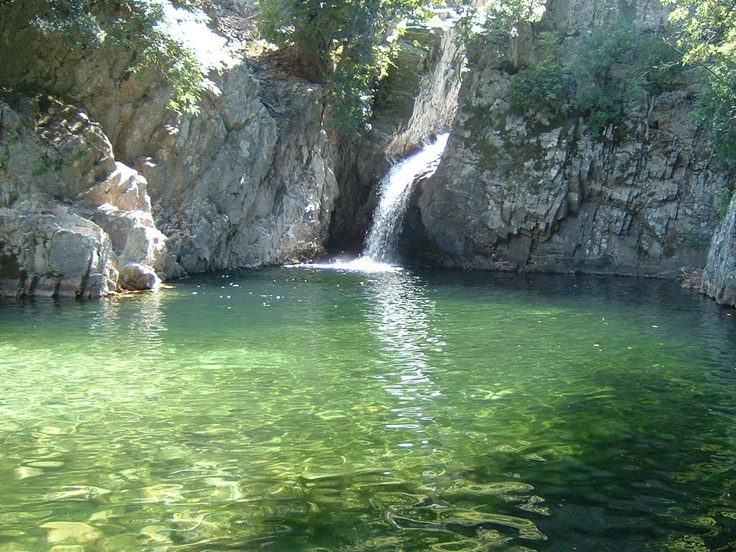

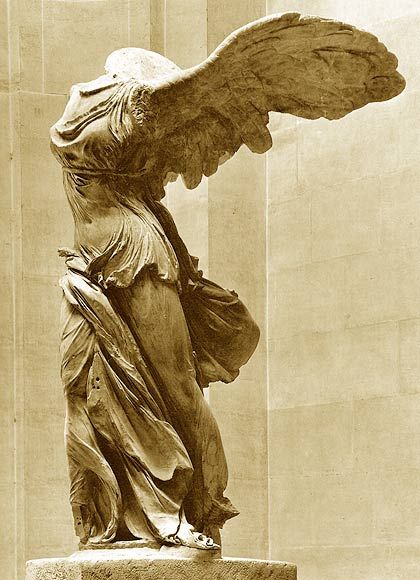

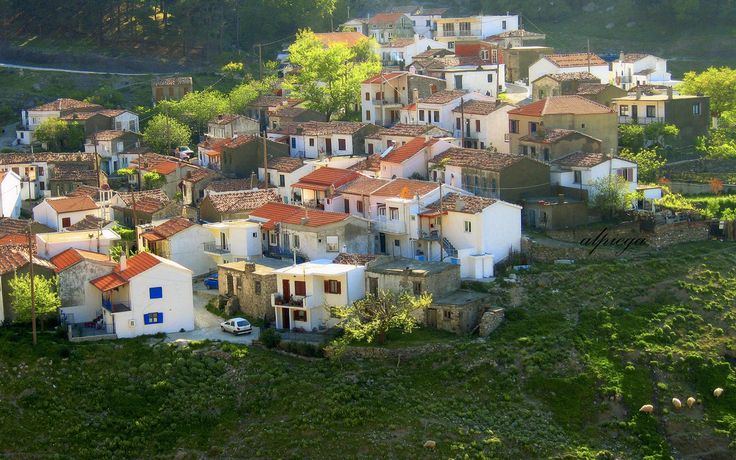
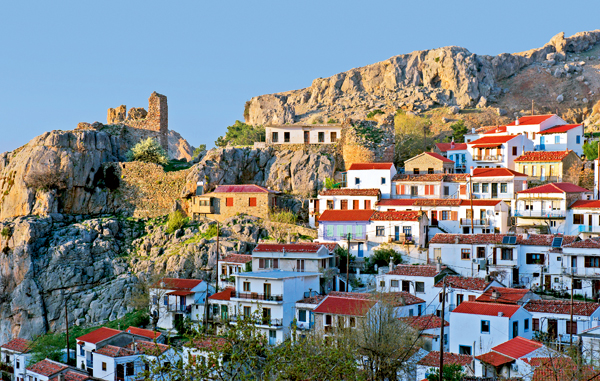
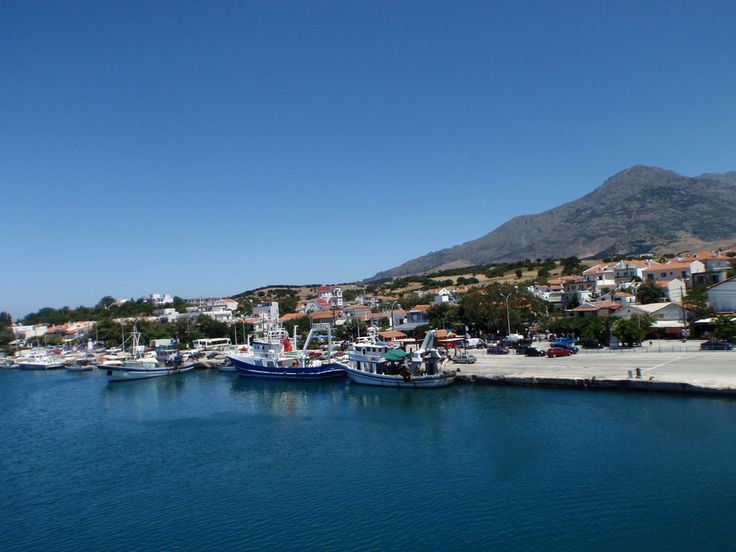
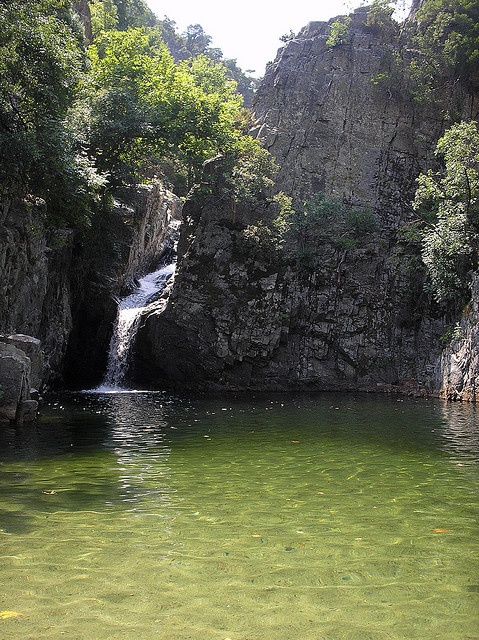
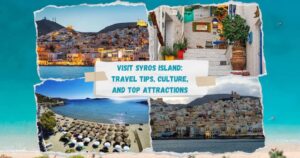

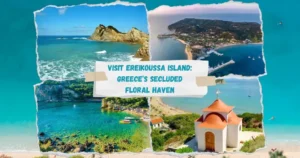
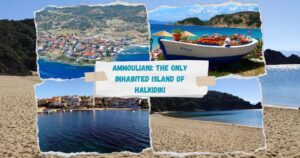
Happy to have found this blog! Interesting information, beautiful pictures!